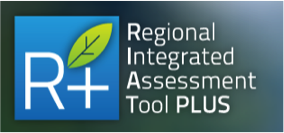Click on the icon to access information and download RIAT+ model


APPLICATIONS
Who decides what: Spatial issues in environmental decisions
De Angelis, E., Carnevale, C., Turrini, E., Volta, M., Ferrari, F., Maffeis, G., Guariso, G., Pisoni, E. (2022) IFAC-PapersOnLine, 55 (5), pp. 37-42. DOI: 10.1016/j.ifacol.2022.07.636
ABSTRACT: An integrated modelling approach is used in this work to assess the differences in defining air quality policies in spatial domains of different extensions. The tools used, SHERPA and RIAT+, are public domain and allow to rapidly define the emission scenario of the European area under examination and to solve a multi-objective problem to trade-off air quality improvement versus the costs of implementing the pollutant abatement measures. The territory considered is Northern Italy and the pollutant analysed in PM2.5, which is largely of secondary origin. The study demonstrates the importance of a proper definition of the administrative and physical boundaries of the air pollution problem, which may determine higher costs when the correct scale of decisions is missed. © 2022 Elsevier B.V.. All rights reserved.
KEYWORDS: air quality; Integrated modelling; multi-objective optimization; PM2.5; Po Valley
Assessing the economic and environmental sustainability of a regional air quality plan
Carnevale, C., Ferrari, F., Guariso, G., Maffeis, G., Turrini, E., Volta, M. (2018) Sustainability (Switzerland), 10 (10), art. no. 3568. DOI: 10.3390/su10103568
ABSTRACT: Air quality plans must be demonstrated to be economically sustainable and environmentally effective. This paper presents a full cost-benefit and environmental analysis of a large regional air quality plan involving several different actions covering a large spectrum of fields, from domestic heating to passenger and freight transport, from electricity generation to agriculture. The impact of each action is analyzed looking at the possible energy savings, greenhouse gases (GHG) emission reductions, the improvement in air quality, and the consequent decrease in external costs, namely the reduced impact on population health. The analysis is performed by applying a flexible and fast computer tool (RIAT+) that allows for a rapid simulation of different pollutant emission scenario, to assess different air quality indices (AQIs) over a regional scale domain. The results show that, in most cases, the economic savings exceed the implementation costs and thus that these actions can be introduced in air quality plans for the domain under study. The reduced health and climate costs, though relevant in absolute terms, are, in general, only a fraction of the economic benefits of energy savings. This is not true for the measures acting on improvements in electricity generation, since a reduction in power plant emissions (generally with high stacks, far from populated areas) does not significantly impact the air quality inside the region. A shift in energy production to renewable sources can instead provide noticeable effects on GHG emissions. This research raises some interesting and general questions about the adequacy of the methodologies applied to attribute costs (and benefits) to actions, improving a variety of sectors that are different from the one in which the measures are applied here. © 2018 by the authors.
KEYWORDS: Air pollution; Greenhouse gases; Health impacts; Integrated assessment; Secondary pollutants
Optimal air quality policies and health: a multi-objective nonlinear approach
Relvas, H., Miranda, A.I., Carnevale, C., Maffeis, G., Turrini, E., Volta, M. (2018) Environmental Science and Pollution Research, 24 (15), pp. 13687-13699. DOI: 10.1007/s11356-017-8895-7
ABSTRACT: The use of modelling tools to support decision-makers to plan air quality policies is now quite widespread in Europe. In this paper, the Regional Integrated Assessment Tool (RIAT+), which was designed to support policy-maker decision on optimal emission reduction measures to improve air quality at minimum costs, is applied to the Porto Urban Area (Portugal). In addition to technological measures, some local measures were included in the optimization process. Case study results are presented for a multi-objective approach focused on both NO2 and PM10 control measures, assuming equivalent importance in the optimization process. The optimal set of air quality measures is capable to reduce simultaneously the annual average concentrations values of PM10 and NO2 in 1.7 and 1.0 μg/m3, respectively. This paper illustrates how the tool could be used to prioritize policy objectives and help making informed decisions about reducing air pollution and improving public health. © 2017, Springer-Verlag Berlin Heidelberg.
KEYWORDS: Cost-benefit; Emission reduction scenarios; Integrated assessment modelling; Multi-objective approach; Surrogate model; Urban air quality planning
Coupling European data and local air pollution models for integrated assessment
Carnevale, C., Finzi, G., Turrini, E., Volta, M., Angelis, E.D., Pisoni, E. (2018) IFAC-PapersOnLine, 51 (5), pp. 67-72. DOI: 10.1016/j.ifacol.2018.06.212
ABSTRACT: Secondary pollutants can heavily affect human health, specifically Particulate Matter affects population in terms of respiratory and cardiovascular related diseases. These impacts can be also economic evaluated considering the external costs due to morbidity and mortality. An Integrated Assessment approach consisting in the coupled use of two Air Quality Planning tools, SHERPA and RIAT+, is presented: the methodology allows decision-makers in the definition of optimal air quality policies solving a multi-objective problem where both a cost index and an air quality index are minimized. Furthermore an ex-post analysis is computed and health impacts are estimated. The aim of this work is the comparison of optimal air quality policies between the “Four Motors for Europe”, namely Auvergne-Rhône-Alps (F), Baden-Württemberg (D), Catalonia (E) and Lombardy (I). © 2018
KEYWORDS: Control Design; Control of Environmental Systems; Modelling; Non-linear Control Systems
Application of a comprehensive integrated assessment tool for the Brussels capital region
Viaene, P., Turrini, E., Carnevale, C., Volta, M., Gianfreda, R., Maffeis, G., Declerck, P., Brasseur, O., Valkering, P., Mensink, C. (2018) Springer Proceedings in Complexity, pp. 275-280. DOI: 10.1007/978-3-319-57645-9_43
ABSTRACT: While in general air quality has improved in Europe over the past decades, there are still problems with exceedances of ambient air quality limit values in many urban areas. To design efficient Air Quality Plans to face these problems, methodologies and tools are required to assess the effects of possible abatement measures on local air quality. One such tool is RIAT+ (http://www.riatplus.eu) which was designed to help regional decision makers select air pollution reduction policies that will improve the air quality at minimal costs. In this contribution to ITM we present the results obtained as well as the lessons learned for an application of the RIAT+ tool to the Brussels Capital Region. RIAT+ has been previously applied successfully to regions in the Po Valley in Italy and to the Alsace region in France. The application to the BCR however poses specific challenges due to the fact that both the area on which the abatement measures can be applied as the emissions are more limited than in previous cases. Inside the BCR, emissions of nitrogen oxide and particulate matter are mainly from non-industrial combustion and traffic. For these two source categories a list of possible air quality abatement measures was provided by the Brussels Environmental agency. To allow RIAT+ to determine the optimal combination of abatement measures with minimal cost, information was collected on both the emission reduction efficiency and the costs of each of these measures. RIAT+ efficiently calculates concentration changes from emission changes using a receptor model based on an artificial neural network. Input for this receptor model was obtained from the results of a validated AURORA chemical transport model setup for the BCR. Once the receptor model was validated, RIAT+ was then used to calculate the effect of the different proposed abatement measures on air quality. © Springer International Publishing AG 2018.
KEYWORDS: Emission abatement measures; Local air quality modelling; Neural network receptor model; RIAT+
Impact of reduced mass of light commercial vehicles on fuel consumption, CO2 emissions, air quality, and socio-economic costs
Cecchel, S., Chindamo, D., Turrini, E., Carnevale, C., Cornacchia, G., Gadola, M., Panvini, A., Volta, M., Ferrario, D., Golimbioschi, R. (2018) Science of the Total Environment, 613-614, pp. 409-417. DOI: 10.1016/j.scitotenv.2017.09.081
ABSTRACT: This study presents a modelling system to evaluate the impact of weight reduction in light commercial vehicles with diesel engines on air quality and greenhouse gas emissions. The PROPS model assesses the emissions of one vehicle in the aforementioned category and its corresponding reduced-weight version. The results serve as an input to the RIAT + tool, an air quality integrated assessment modelling system. This paper applies the tools in a case study in the Lombardy region (Italy) and discusses the input data pre-processing, the PROPS-RIAT + modelling system runs, and the results. © 2017 Elsevier B.V.
KEYWORDS: Air quality; Greenhouse gases; Lightweighting; Multi-objective optimization; Road transport; Scenario analysis
Two illustrative examples: Brussels and porto
Carnevale, C., Ferrari, F., Gianfreda, R., Guariso, G., Janssen, S., Maffeis, G., Miranda, A.I., Pederzoli, A., Relvas, H., Thunis, P., Turrini, E., Viaene, P., Valkering, P., Volta, M. (2017) SpringerBriefs in Applied Sciences and Technology, (9783319333489), pp. 85-104. DOI: 10.1007/978-3-319-33349-6_5
ABSTRACT: To evaluate in practice how IAM can be used to formulate and improve current air quality plans, this chapter reports on the application of one of the existing IAM tools, to two test cases: one for the Brussels Capital Region in Belgium and the other to the region of Porto in the North of Portugal. The two cases are representative for the two options that are available for the decision pathway in the IAM framework as presented in Chap. 2: the scenario evaluation and the optimisation. Before presenting the peculiarities and the results obtained for the two test cases, this chapter briefly describes the specific features of the IAM tool used, namely RIAT+. © 2017, The Author(s).
KEYWORDS: Air quality, Air quality plan; Belgium; Brussels; Brussels Capital Region; Optimisations; Portugal; Scenario evaluation; Test case, Quality control
Air quality integrated assessment modelling in the context of EU policy: A way forward
Viaene, P., Belis, C.A., Blond, N., Bouland, C., Juda-Rezler, K., Karvosenoja, N., Martilli, A., Miranda, A., Pisoni, E., Volta, M. (2016) Environmental Science and Policy, 65, pp. 22-28. DOI: 10.1016/j.envsci.2016.05.024
ABSTRACT: In the EU-FP7 project APPRAISAL the current practice for integrated assessment modelling (IAM) of air quality in the EU was reviewed, limitations were identified and guidance for improvements was provided. In this article we present the guidance proposed by APPRAISAL. This guidance takes into account that a single IAM solution does not exist but that the different elements of the IAM methodology can be addressed in more or less detail taking into account the available data, the regional/local specificities, the financial resources and the actual purpose of the assessment. © 2016 Elsevier Ltd
KEYWORDS: Air quality policy; DPSIR; Emission inventories; Guidance; Local air quality; Source apportionment
